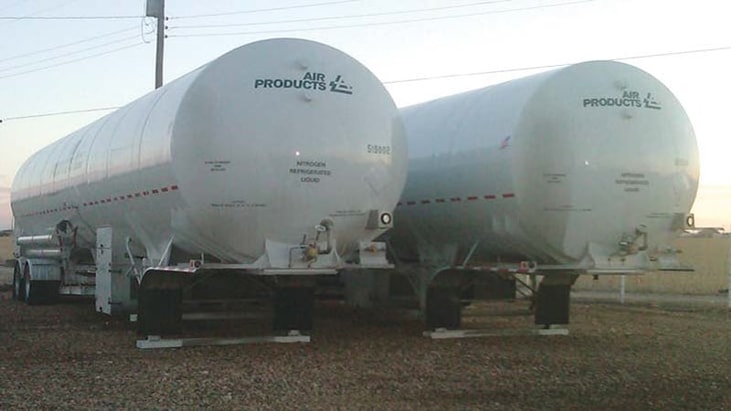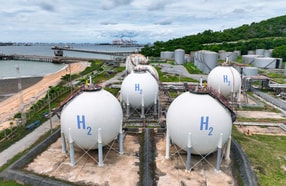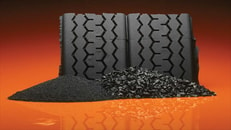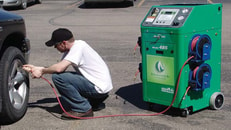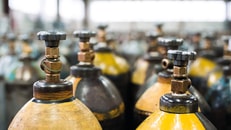Nitrogen Fracs Can Decrease Water Use in Amenable Geologies
The production and use of fossil fuels constitutes an extremely important part of the global economy. Both oil and natural gas are integral to any country’s domestic energy policy. In fact, based on 2009 estimates, the US is, by far, the global leader in the consumption of both oil (18.7 bbl/day) and natural gas (~22.8 tcf). (Source: www.cia.gov) US reliance on foreign oil and, until recently, imported natural gas, has been a topic of much political debate.
Recently, substantial amounts of natural gas have been made available for economical extraction due to technological advancements in drilling techniques. Geologists have known for years that there are vast amounts of natural gas trapped in geological formations deep below the earth’s surface, however, the technology did not exist to feasibly extract those resources economically. This changed in 2000, when the process of horizontal drilling provided access to this deep-seated gas in a way that made financial sense. This process, combined with hydraulic fracturing (fracing), provides economically viable access to more than 100 years worth of US gas supply.
Fracing is the process of creating fissures, or fractures, in underground formations to allow natural gas or oil to flow. Water and other additives are pumped under high pressure into the formation to create fractures. The newly created fractures are held open by a sand-like material called proppant, allowing the natural gas or oil to flow into the wellbore and be collected at the surface. In many formations, nitrogen can be used in place of water.
The nitrogen is pumped down the wellbore as a “foam” mix with typical ratios of 65–70 percent nitrogen and 30–35 percent water. As more leases are issued and wells are drilled in the Pennsylvania and New York portions of the Marcellus (see this issue, p. 4), fracing has faced scrutiny for its potential impacts on the water supply. First, each well that is fraced with water can use as much as 5,000,000 gallons or more. Some communities are concerned that these large amounts of water could impact supply for other purposes. Second, although the wellbore is encased and the actual fracing is done thousands of feet below the water table, many are concerned that some of the chemicals used may seep into the aquifer. Lastly, approximately 40 percent of the water that goes into the wellbore flows back out of the well once it has been fraced. This produced water has a very high salinity content and contains chemical additives used during the frac. This water either needs to be disposed of at a municipal facility—where they may not be equipped to handle the water’s contents—or disposed of in disposal wells. Whether these concerns are perceived or factual, there has been a great deal of legislative attention paid to hydraulic fracs using water.
... to continue reading you must be subscribed

